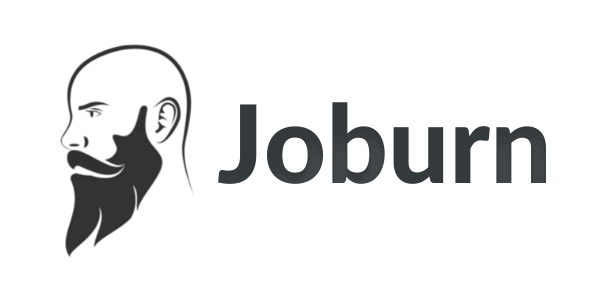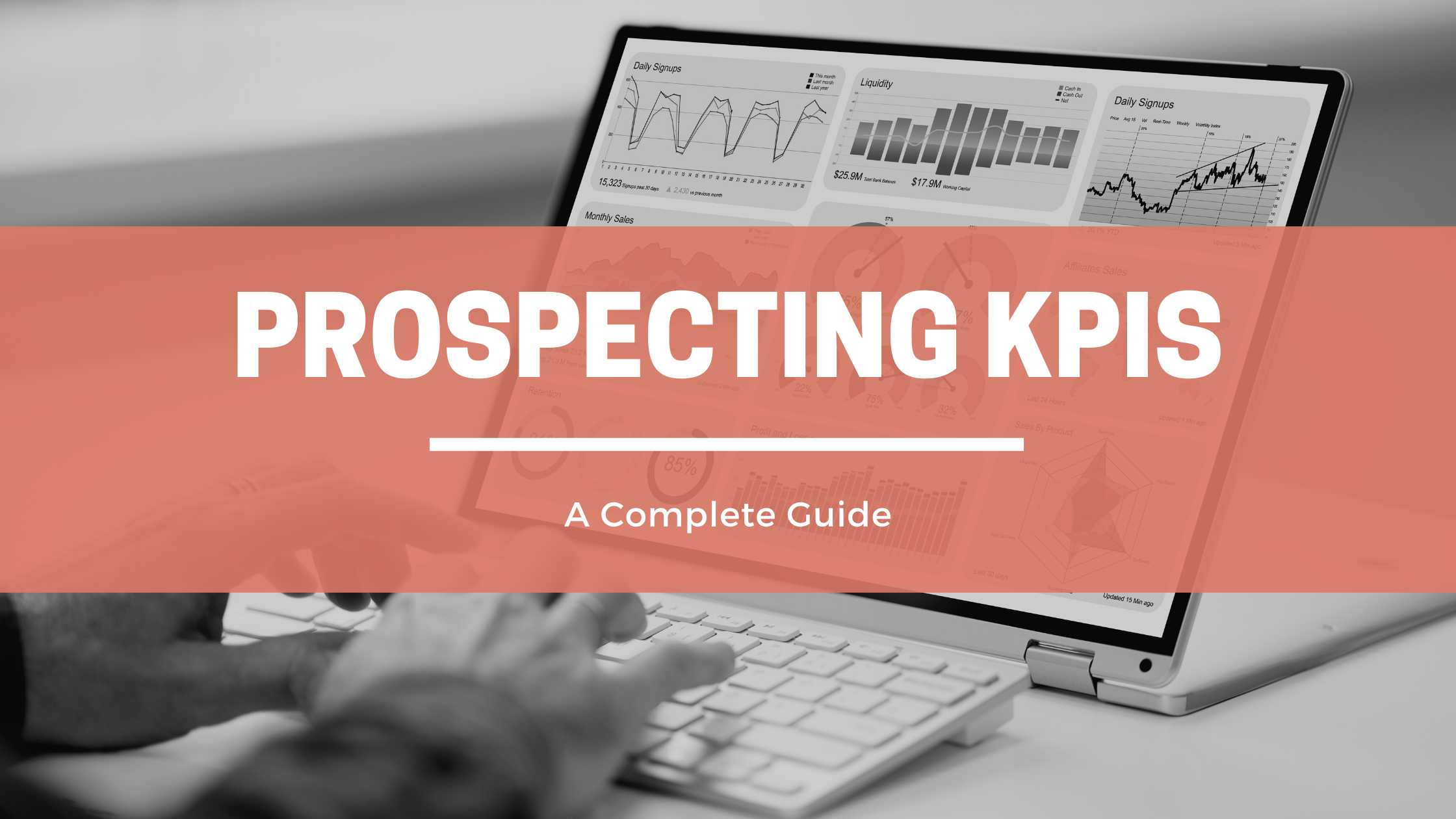Prospecting is an essential part of the sales process, aimed at finding and engaging potential customers. But how do you know if your prospecting efforts are paying off? This is where prospecting KPIs come in.
What is prospecting KPIs?
Prospecting KPIs (Key Performance Indicators) are metrics used to measure the effectiveness and efficiency of the prospecting process, the goal of which is to identify and engage potential customers.
What is an example of prospecting KPIs?
An example of a prospecting KPI is the conversion rate, which measures the number of prospects that turn into paying customers.
What is the importance of prospecting KPIs?
The importance of prospecting KPIs is that they provide a way to track progress and make data-driven decisions about the prospecting strategy, ensuring that the time and resources invested in prospecting are producing the desired results. With the help of KPIs, organizations can identify areas for improvement, track the success of new prospecting initiatives, and optimize their overall approach to reaching and converting prospects into customers.
What are the types of prospecting KPIs?
Types of Prospecting KPIs:
- Conversion rate
- Lead response time
- Lead-to-appointment ratio
- Cost per lead
- Lead quality score
What are the types of prospecting?
Types of prospecting include:
- Cold calling
- Cold email
- Social selling
- Door to door sales
- Direct mail prospecting
- Event prospecting
- Kiosk sales
What are the prospecting KPIs?
Prospecting KPIs (Key Performance Indicators) are metrics used to measure the effectiveness and efficiency of the prospecting process, the goal of which is to identify and engage potential customers. The KPIs help organizations track progress, make data-driven decisions, and optimize their overall approach to reaching and converting prospects into customers. Some common prospecting KPIs include conversion rate, lead response time, lead-to-appointment ratio, cost per lead, and lead quality score.
How do you measure prospecting KPIs?
Measuring Prospecting KPIs:
- Determine the goals of your prospecting process
- Choose the KPIs that align with those goals
- Collect and track data on those KPIs regularly
- Analyze the data to identify trends and make informed decisions
How to choose relevant KPIs
Choosing Relevant KPIs:
- Align KPIs with overall business goals
- Consider the stages of the prospecting process
- Evaluate which KPIs will provide the most valuable insights
- Prioritize KPIs that are easy to measure and have a direct impact on success
What is the difference between prospecting KPIs and metrics?
KPIs are a subset of metrics, used to measure the success of specific processes or objectives. A metric measures a specific aspect of performance, while a KPI is a metric that has been selected because it is particularly relevant and useful in measuring progress towards a particular goal. In the case of prospecting, KPIs are metrics that have been chosen to measure the effectiveness of the prospecting process and provide insights into how to optimize the process for better results.
What is the successful ratio for prospecting?
There is no specific successful ratio for prospecting as it can vary greatly depending on the industry, target audience, and other factors. The goal of prospecting is to identify and engage potential customers, and the success of the process can be measured through KPIs such as conversion rate, cost per lead, and lead-to-appointment ratio.
What is the 30 day rule of prospecting?
The 30-day rule of prospecting is a sales strategy in which a salesperson follows up with a prospect at least once every 30 days. The goal is to maintain a consistent presence in the mind of the prospect and to build a relationship with them over time, increasing the likelihood of a successful sale.
What is the most useful tools for prospecting?
Most Useful Tools for Prospecting:
- CRM (Customer Relationship Management) software
- Lead generation tools
- Email marketing tools
- Social media platforms
- Marketing automation software
- Telemarketing software
- LinkedIn Sales Navigator
These tools can automate and streamline many aspects of the prospecting process, making it more efficient and effective. The choice of the most useful tool depends on the specific needs of the organization, the target audience, and the prospecting methods being used.

